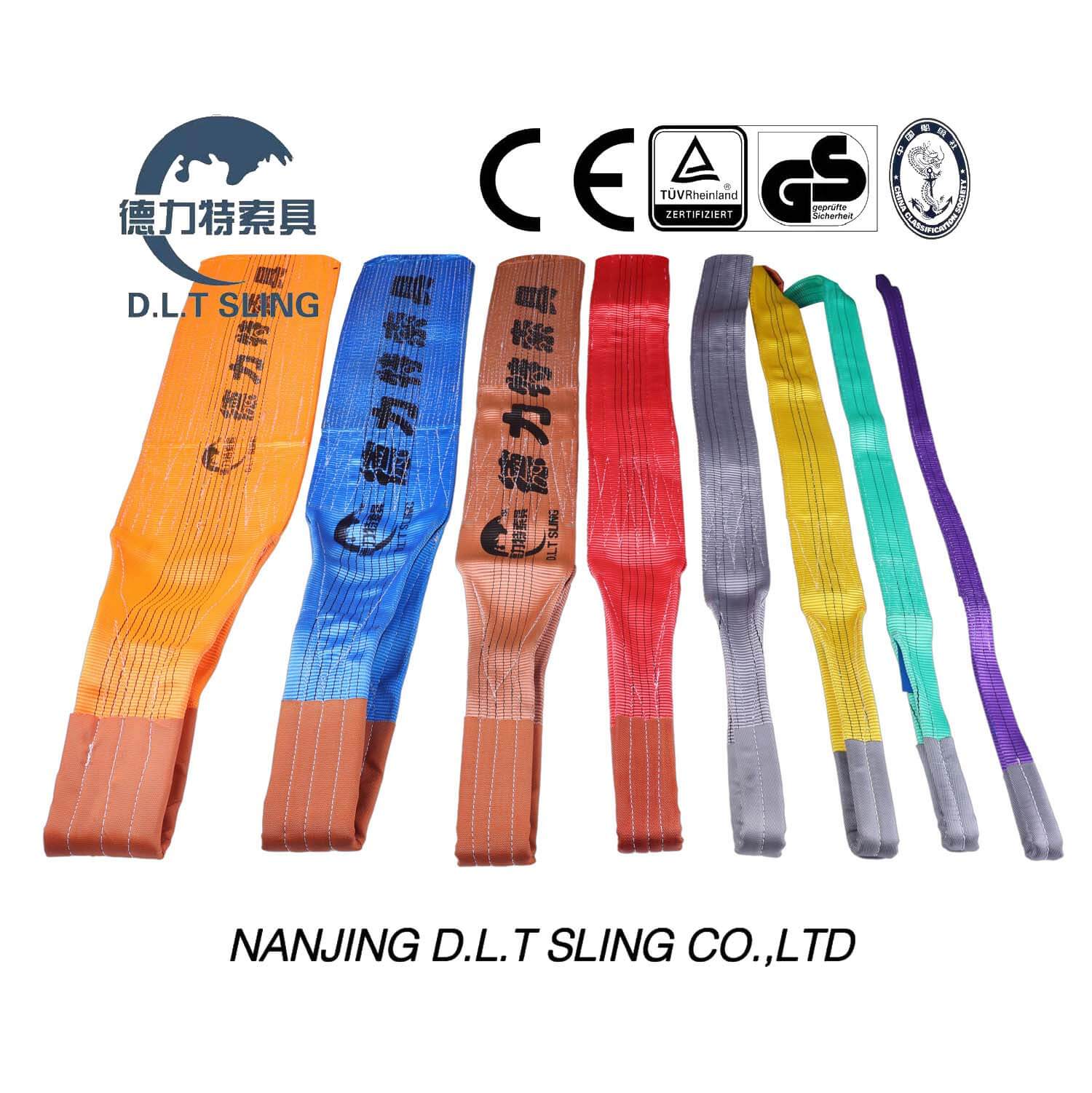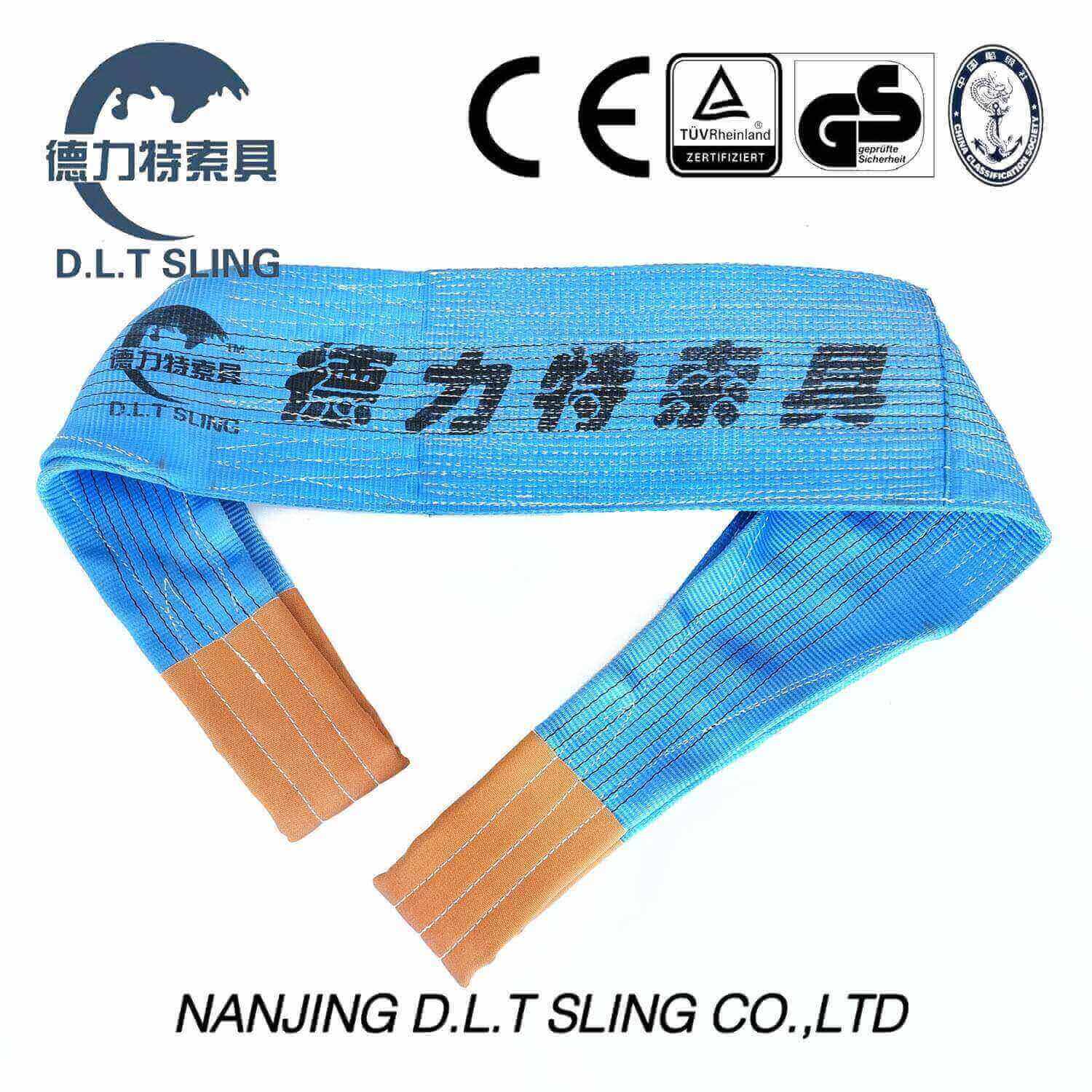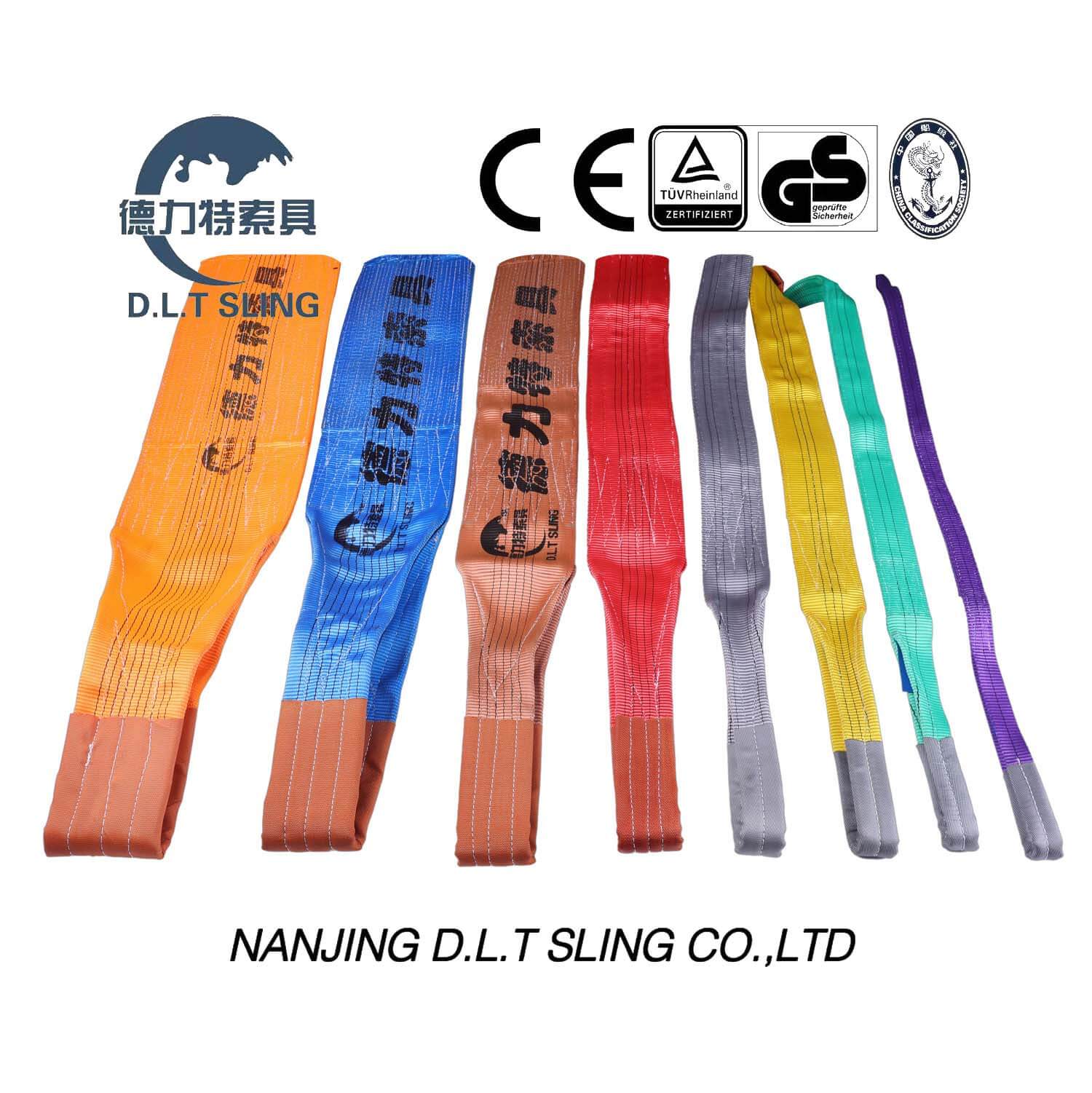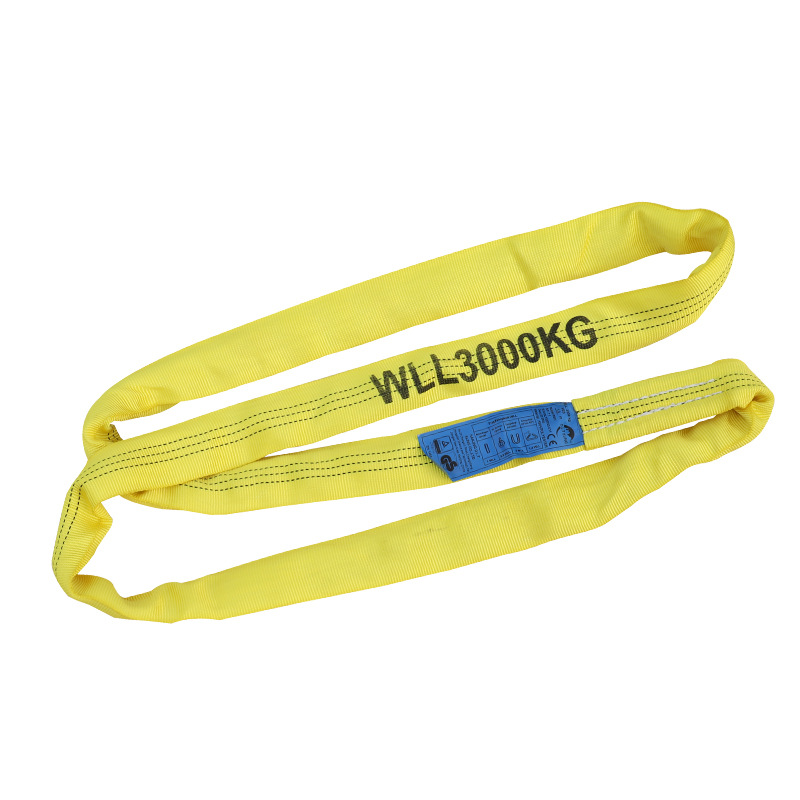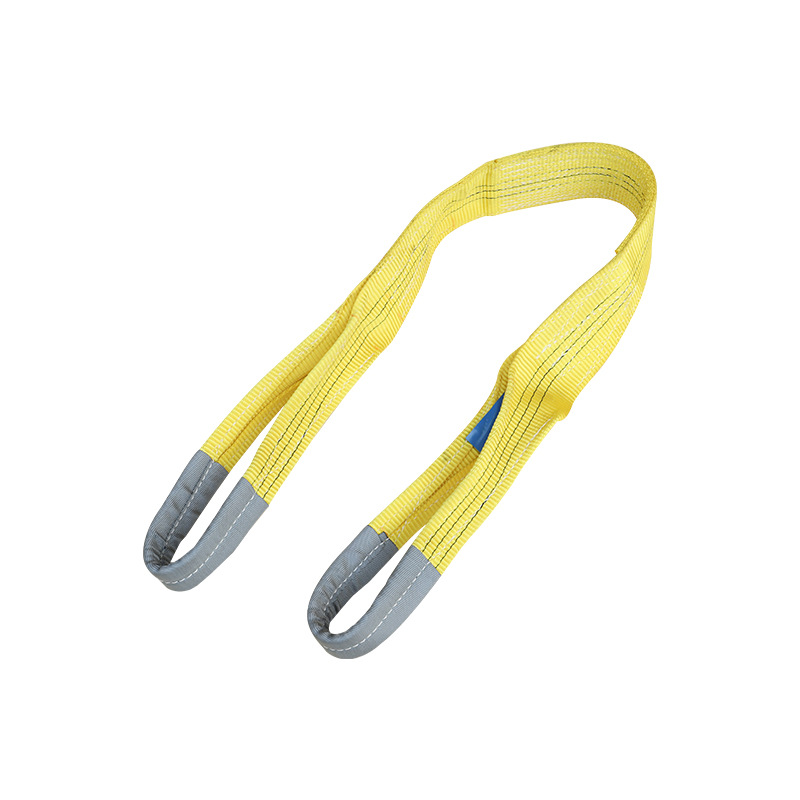are an indispensable tool in various industries where heavy lifting is involved. They provide a versatile, lightweight, and reliable means of lifting and securing loads safely. In this comprehensive guide, we will explore the different types of webbing slings, their key features, proper usage guidelines, and the importance of adhering to safety protocols to ensure efficient and secure lifting operations.
Webbing slings consist of durable polyester or nylon woven straps designed to lift and secure loads. They come in various configurations, including round slings, flat slings, and endless slings, each suitable for different lifting applications. Understanding the specific characteristics and capabilities of each type is crucial for selecting the appropriate sling for the task at hand.
The Working Load Limit (WLL) and Safe Working Load (SWL) are vital considerations in using webbing slings safely. WLL refers to the maximum weight that a sling can safely lift under ideal conditions, while SWL indicates the recommended weight limit for day-to-day Webbing slings working scenarios. It is crucial to carefully assess and determine the WLL and SWL for each lifting operation, considering factors such as load weight, sling angle, and environmental conditions.
When selecting a webbing sling, several factors need to be taken into account. These include the type and weight of the load, the lifting method (such as vertical, choker, or basket hitch), working conditions (including temperature and chemical exposure), and the desired level of flexibility or abrasion resistance. Properly assessing these factors will ensure the right sling is chosen for enhanced safety and efficiency.
Regular inspection and maintenance are critical for the longevity and safe operation of webbing slings. Visual inspections should be conducted before and after each use to check for signs of wear, cuts, or fraying. Additionally, periodic thorough inspections, as well as cleaning and storing the slings properly, will help prevent potential hazards and extend the lifespan of the slings.
Adhering to safety standards and regulations is imperative when working with webbing slings. These standards, such as those set by organizations like the Occupational Safety and Health Administration (OSHA) and the European Norm (EN), provide guidelines for proper sling usage, inspection, and maintenance. By complying with these standards, companies can mitigate risks, ensure worker safety, and avoid potential legal consequences.
